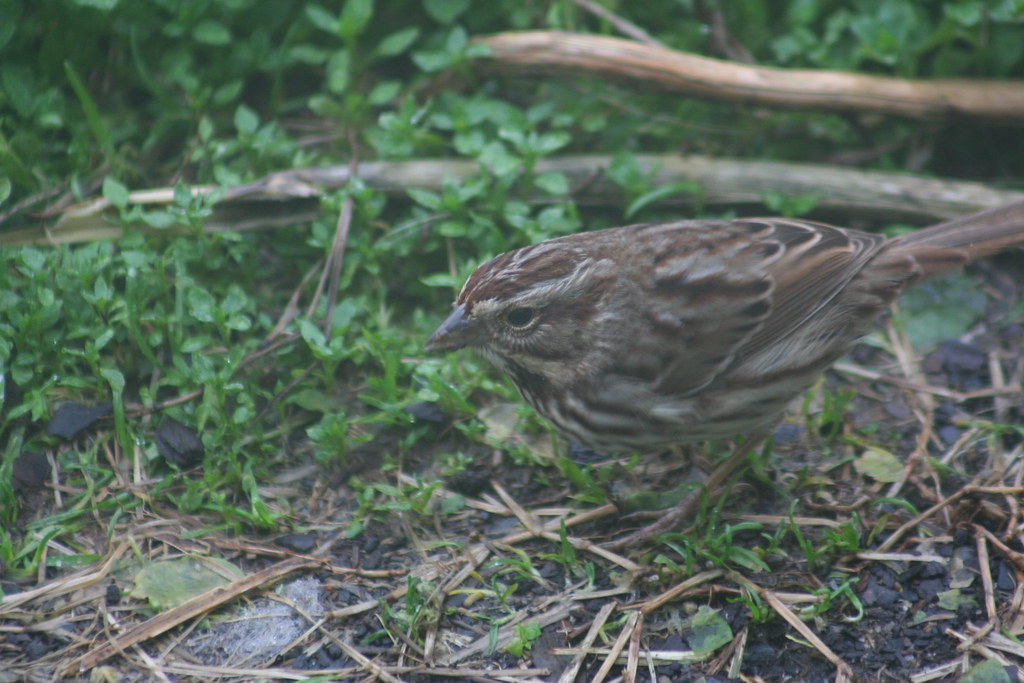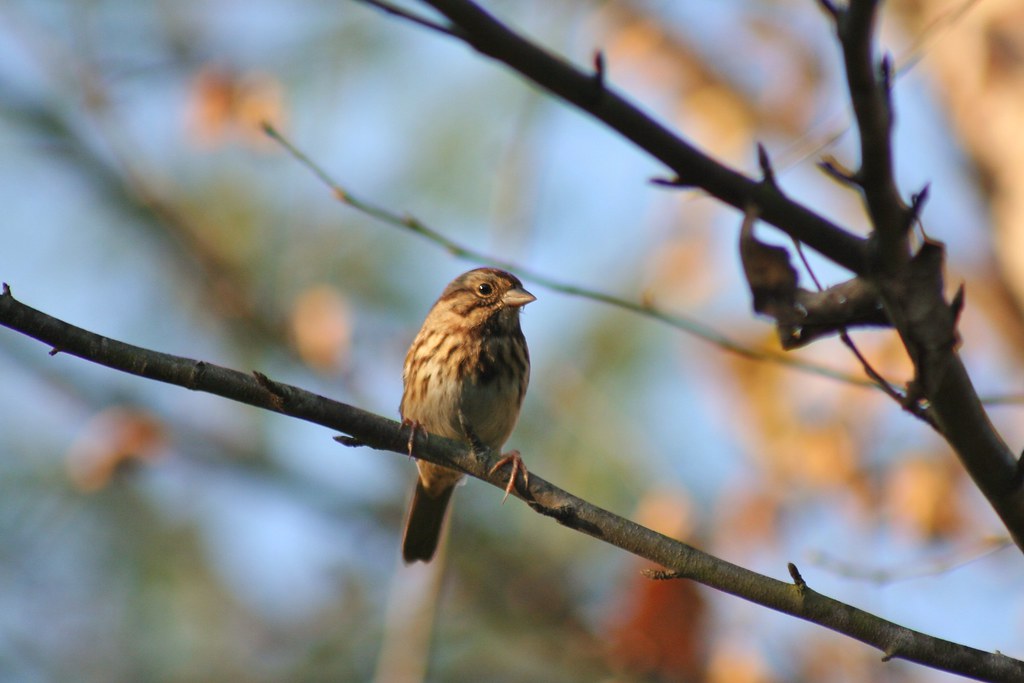I am in a Creative Writing class in which we have to write poetry... including ballads. A ballad is a poem in quatrain format, with an alternating rhyme scheme, that is supposed to tell a story. Here is the story of the catbird.
There once was a bird, dapper and gray
With a rump of russet, a cap of coal
And he meow’d constantly, every single day
Then one day the sun rose, he thought of a goal
His life was too boring, too lame, too bland
He became restless and soft
He decided to set off and find a new land
So with a flick of his wings he took off!
It was blistering and dry
The canyon echoed his meow!
The sun was so hot he could hardly fly.
He found a curious creature, and said ciao
It was named a quetzal
A brilliant green,
He insisted his name was Paul
And long did he preen.
The catbird thought how pretty Paul was
How could he hope to contend?
But he didn’t care, ‘cause
Paul was his new best friend!
The catbird left the canyons in search of some food
He left the desert sands for some berries
He met some waxwings who lightened the mood
And soon the catbird was merry
After his night of drunken fruit
He left for the west
Where he found a bird who was off route
The bird said, in an accent, “I wish I had never left my nest!”
The bird, it explained, was a finch
It had been blown away from its home in a storm
He said that his home was over the ocean, a thought that made him flinch
He was hoping to get home before it got too warm
The catbird was curious of this cold-weather wonder
And asked if he could fly back home.
The little bird answered “I’m afraid of the thunder,”
“I will end up as part of the loam”
The catbird bid the finch farewell
Since he had places to go.
The catbird couldn’t dwell
Or else there would be snow.
South the catbird went, to tropical shores
He ended up on an isle
Where the ocean roars
And the humans smile.
The catbird had seen humans before
But never ones like this
These humans were watching him, for
A reason he missed.
These peculiar people roamed in packs
And pointed out every bird
The catbird watched these atypical acts
And didn’t utter a word.
The catbird heard a familiar mew
On this tropical patch
He sang his song- “I love you!”
And he found a lady catbird, his match!
The couple of catbirds left their tropical paradise behind
To find a place to settle down
With a perfect nest in mind
They settled near a human town
The first egg was laid, smooth and blue
Soon there was two, then three, then four
All an azure hue
In the bushes by a front door
The catbird was now happy with his life
He had soon-to-be young
And a great catbird wife
Meea! He happily sung!
Credit for pictures, in order:
"Grey Catbird" by Wolfgang Wander - self-made / http://www.pbase.com/wwcsig/image/44482560. Licensed under CC BY-SA 3.0 via Wikimedia Commons - http://commons.wikimedia.org/wiki/File:Grey_Catbird.jpg#/media/File:Grey_Catbird.jpg
"Eared Quetzal (Euptilotis neoxenus)" by Dominic Sherony - Flickr: Eared Quetzal (Euptilotis neoxenus). Licensed under CC BY-SA 2.0 via Wikimedia Commons - http://commons.wikimedia.org/wiki/File:Eared_Quetzal_(Euptilotis_neoxenus).jpg#/media/File:Eared_Quetzal_(Euptilotis_neoxenus).jpg
"Fringilla montifringilla -Poland -male-8" by mmlolek - JerUploaded by Snowmanradio. Licensed under CC BY 2.0 via Wikimedia Commons - http://commons.wikimedia.org/wiki/File:Fringilla_montifringilla_-Poland_-male-8.jpg#/media/File:Fringilla_montifringilla_-Poland_-male-8.jpg
By Daniel Schwen (Own work) [CC BY-SA 4.0 (http://creativecommons.org/licenses/by-sa/4.0)], via Wikimedia Commons
"Another catbird" by John Benson. Link to his Flickr page here. The actual link to the photo here.
By Dennis Murphy from USA (DSCN4834 Uploaded by Snowmanradio) [CC BY 2.0 (http://creativecommons.org/licenses/by/2.0)], via Wikimedia Commons





























